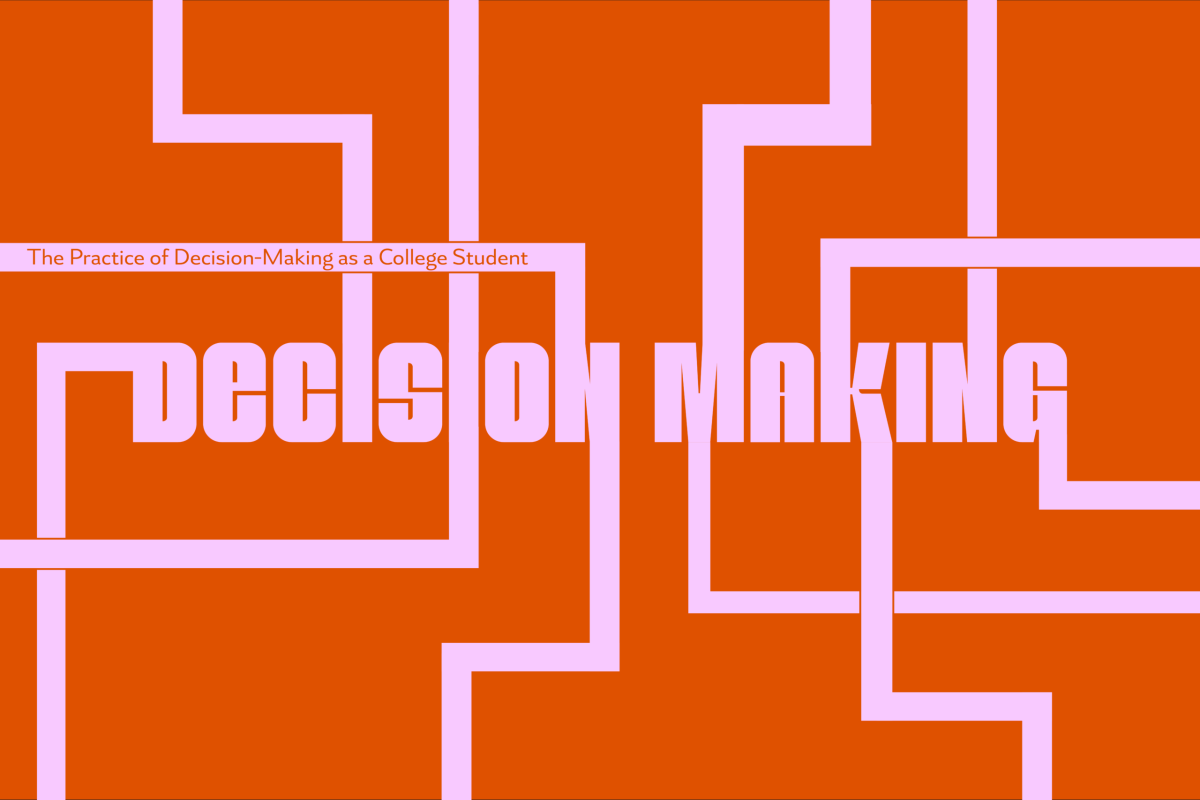_Abigail Ruhman is a freshman journalism and political science major at MU. She is an opinion columnist who writes about student life, politics and social issues for The Maneater._
I hate to be the bearer of bad news, but sometimes the authors you learned about in your English class aren’t that great. Sometimes, literature that is older is actually worse than modern day literature.
Most of the time, what these books tend to lack is relevance. They no longer offer the necessary messages that more modern books have, but because they are “literary masterpieces” they are still viewed as more impressive.
As an avid reader, I understand that readers may already be attached to older books, but maybe that attachment isn’t the best thing. Assuming that these books have more relevance than modern literature just because they’re called classics isn’t fair to modern authors.
“The Hunger Games” has more to teach us than “The Great Gatsby” does. Part of this is due to the evolution of language. While F. Scott Fitzgerald was writing when language was naturally stiff, his overly descriptive and metaphorical writing is almost too much.
His writing, even in his other works, is pretty but fails to complete a full story. Action comes out of nowhere and not in a “plot twist” kind of way. It is derived from a flat tone and remains lackluster.
Because of the interesting storyline, Suzanne Collins was able to captivate millions of readers with Katniss Everdeen’s life story. Not only does “The Hunger Games” hold more relevance, but the book series also has more to offer modern readers.
From a character that is ethnically ambiguous to discussions of injustice, the series presents more to discuss about the modern world compared to Fitzgerald’s stand-alone novel.
From The Capitol to Gatsby’s use of money to attract Daisy, both books look into the importance of monetary obsession. When it comes to the effects of this, “The Hunger Games” offers a much more approachable avenue for the reader to see. But because one is a “classic” and the other is a newer young adult novel, they are rarely judged equally.
While some books offer more relevant messages, many famous pieces of literature struggle to withstand the test of time. Rather, praising these older pieces of literature without further analysis and criticism of the dangerous themes can become something we accept without a fight.
Idolizing hidden themes, like unhealthy relationships and the lack of female freedom, within these literary “masterpieces” has cultivated an attitude that values these negative traits.
While reading these works isn’t inherently bad, not criticizing them for problematic undertones allows them to quietly influence our own society.
For example, in H. P. Lovecraft’s “The Horror at Red Hook” has some racist undertones within the text. Lovecraft writes that Aryan civilization is stopping “primitive half-ape savagery.” The blatant white supremacy has faded to the background as H. P. Lovecraft becomes ingrained into the classics culture.
Worshipping authors that are problematic isn’t a good thing either.
Roald Dahl, an author of children’s novels such as “James and the Giant Peach” and “Charlie and the Chocolate Factory,” was a Nazi-sympathizer.
In 1983, Dahl told The New Statesman, “I mean there is always a reason why anti-anything crops up anywhere; even a stinker like Hitler didn’t just pick on them for no reason.”
Yes, he said “even a stinker like Hitler” and that wasn’t even the worst part.
It’s understandable that you can’t research everything before you read a book, but you can before you recommend it to someone.
When we don’t evaluate how authors interact with the outside world, we allow ourselves to support problematic authors. Reading these books is okay, but idolizing them and referring to them as “classics” allows their popularity to grow with little criticism and analysis. It is never wrong to read —just make sure to read between the lines.













